20 weird and wonderful things to do in Japan
From feasting with sumo wrestlers to making your own sake or soaking in public baths naked, we have found the best experiences you haven’t tried.
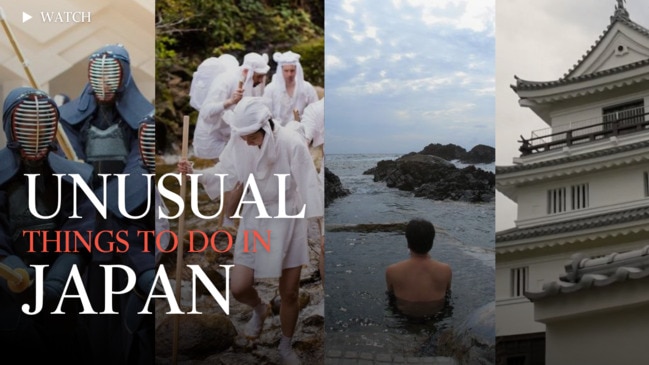
From feasting with sumo wrestlers to making your own sake or swimming naked with locals in Tokyo, we have found the best things you haven’t done yet in this popular destination.
Sleep in a warlord’s castle, Nagasaki
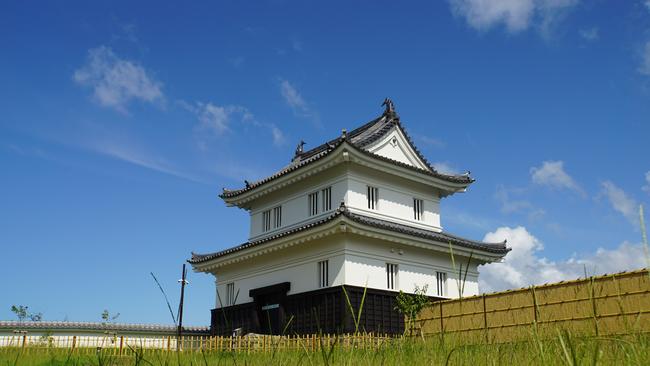
For more than 400 years, the lords of the Matsura clan kept watch over trade and enemies around Hirado Bay from their lofty vantage point in Hirado Castle, off the west coast of Kyushu. These days, visitors do the same, but in distinctly more comfortable fashion inside the private Kaiju Yagura tower, one of five turrets that have been given a stunning contemporary makeover. Painted gold walls feature Rinpa-inspired patterns and the bathroom has glass on three sides overlooking the ocean. The tower comes with its own chef and butler. From ¥660,000 ($6170) a night, half-board, for two.
Hike with mountain monks, Yamagata
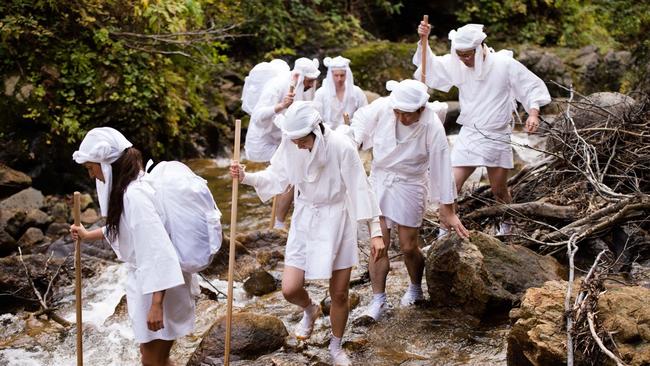
Clear your mind and heighten your senses among the old cedar forests of the Dewa Sanzan sacred mountains in northern Japan, home to the yamabushi – mysterious, white-robed followers of the ancient religion of Shugendo. Yamabushi master Hayasaka leads a reflective and restorative two-night “reset” for mind and body, with silent, meditative walking, Zen Buddhist temple rituals and accommodation in a simple shukubo pilgrims’ lodge. From $US2800 ($4200) a person, twin-share, including all meals.
Soak with locals in a public bath, Tokyo
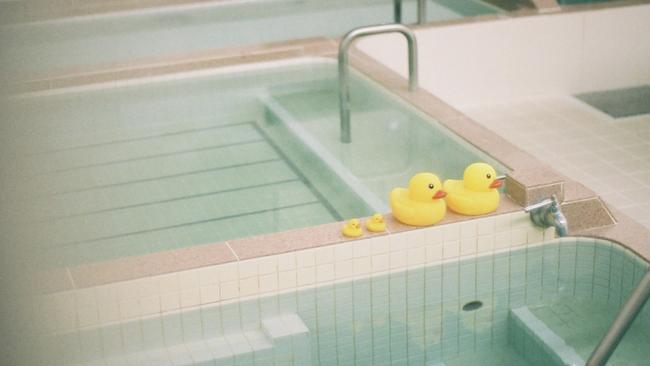
Attracting all levels of Japanese society, public baths (sento) are a great place to be immersed, quite literally, in Japanese daily life. One of Tokyo’s loveliest, in the arty suburb of Koenji, is Kosugiyu, a treasured 1930s neighbourhood bathhouse with a temple-like exterior and steam-fogged Mount Fuji mural framing its large, gender-segregated hot baths. It’s scrupulously clean, polite and welcoming (tattoos are acceptable and it’s family friendly). Bathe in the buff as swimsuits are not permitted; arrive empty-handed and you can even rent a towel. From ¥520 a person.
Bathe in a hot spring in the sea, Yakushima
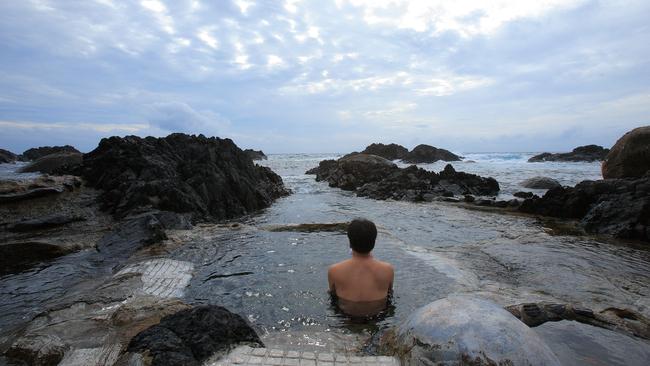
Nowhere is Japan’s dynamic geology more evident than on the sub-tropical island of Yakushima, off the south coast of Kyushu, where the bold can bathe in a rare undersea hot spring covered and uncovered by the Pacific Ocean. Revealed twice a day, two hours before and after low tide, on the rocky beach at Hirauchi, Kaichu Onsen has four pools among the rocks for (mixed) bathing. Night visits are ideal for prudes and star gazers. ¥200 a person (honesty box); no swimsuits, but sarongs permitted for women.
Sleep inside a James Turrell artwork, Niigata
The remarkable House of Light (Hikari no yakata) in Tokamachi, in the mountains of central Japan, is an art-lovers’ destination like no other. Created by artist James Turrell in the local architectural vernacular, it houses one of his famous Skyspace apertures beneath which guests can spend the night, watching the changing sky, from sunset to sunrise. Twenty-four years after it was built – for the first Echigo-Tsumari Art Trienniale (July 13 - November 10 this year), the tatami floor matting may be worn, but the experience is still magical. One night from ¥41,800, exclusive use, twin-share.
Dine on cha-kaiseki at a hidden urban teahouse, Tokyo
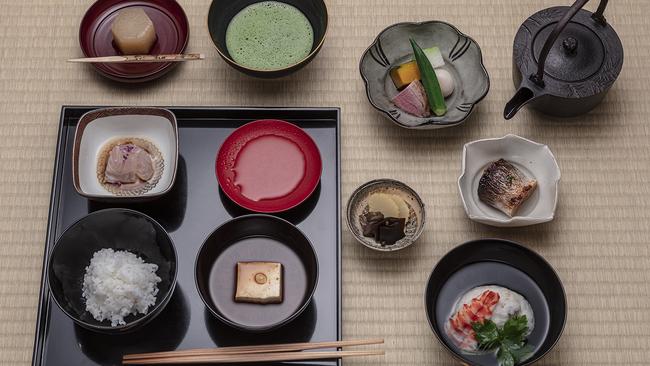
Secreted in an authentic wabi-sabi teahouse in the basement of an otherwise nondescript building in chichi Aoyama is Sokkon, surely Tokyo’s most memorable tea ceremony. The ritualised matcha tasting – on tatami floors with foot wells for those who prefer not to sit on their knees – features bowls designed by the founder and is led by an English-speaking tea master and followed by a seasonal, multi-course tea ceremony banquet, known as cha-kaiseki, with sake pairing, plus tea cocktails served by candlelight in another hidden tatami room. Two hours, from ¥15,000 a person, for up to four.
Take a sanctioned selfie with maiko, Kyoto
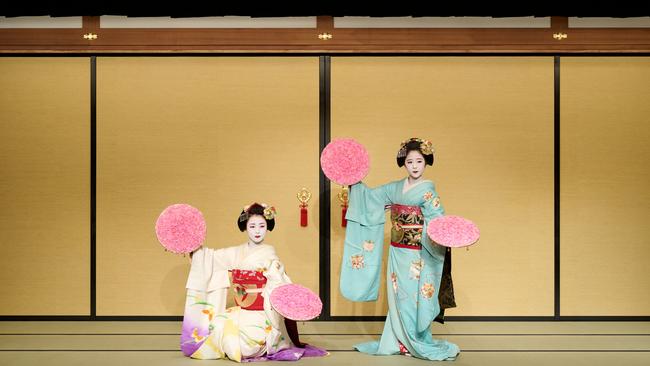
Wise to the prying eyes and camera lenses of tourists, Kyoto’s geisha and maiko are masters in the art of vanishing down private alleys or disappearing behind noren curtains. See these kimono-clad women up close for more than a fleeting moment at Gion Corner, a traditional arts theatre and age-old institution that reopened in March after a three-year makeover. Performances of arts such as ikebana, tea ceremony, koto music and Noh are all offered as well as Kyomai dances by maiko. Pictures can also be taken with the maiko after the show. From ¥5500 a person.
Stay at a former pearling farm, Ise-Shima
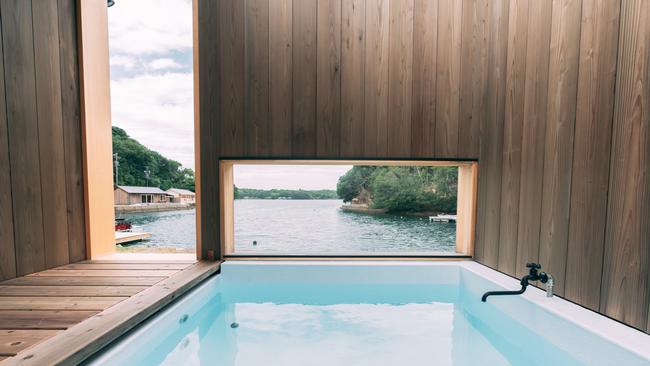
Famous as the place where Kokichi Mikimoto discovered the secret to culturing pearls, the forested islands, private bays and tranquil seascapes of Ago Bay in Mie prefecture are still home to Japan’s cultivated pearl industry. The four 70sq m villas at new resort, Cova Kakuda, housed in a renovated former pearl farm dating from the 1940s, provide a perfect base for kayaking, stand-up paddle boarding, snorkelling and sea fishing in this radiant region. One night from ¥242,000, twin-share.
Make samurai moves, Tokyo
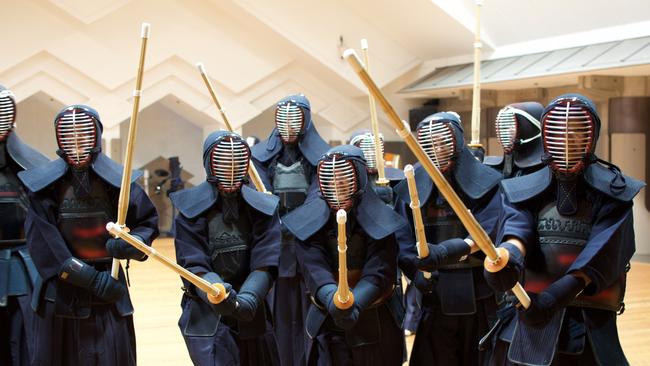
Learn the swordsmanship techniques of samurai warriors with an energising combat experience at a kendo dojo near Ueno, Tokyo. Don the kendogi and hakama clothing and protective armour (bogo), before picking up a bamboo sword to learn the basic skills of this Japanese martial art. Engage in striking practice with an English-speaking trainer before an adrenaline-filled combat match. Later, visit one of Tokyo’s last kendo armour craftsmen, who has been hand-making equipment in his home workshop for 50 years. Six hours including lunch, from ¥25,000 a person, two to six people a session.
Taste the Japanese micro-seasons, Kyushu
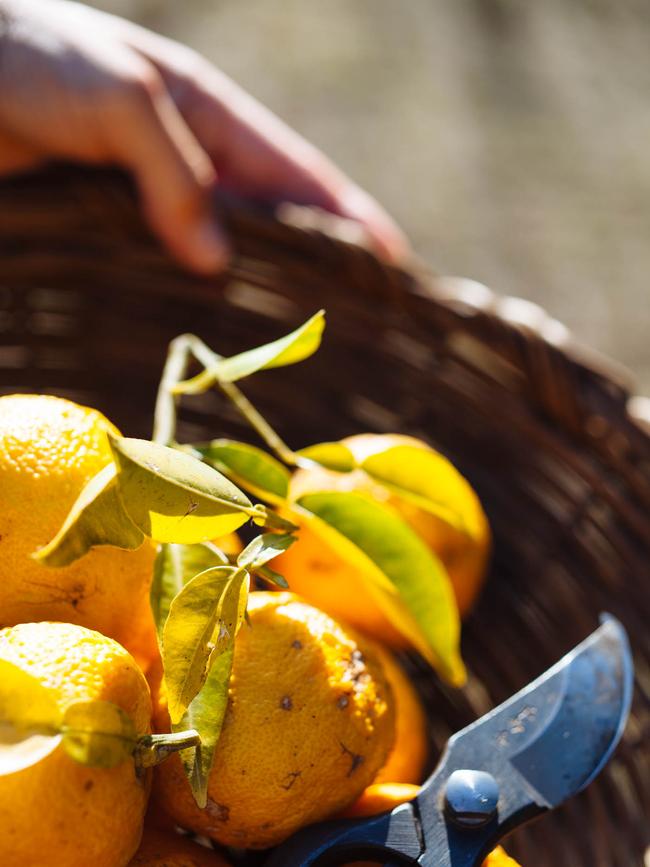
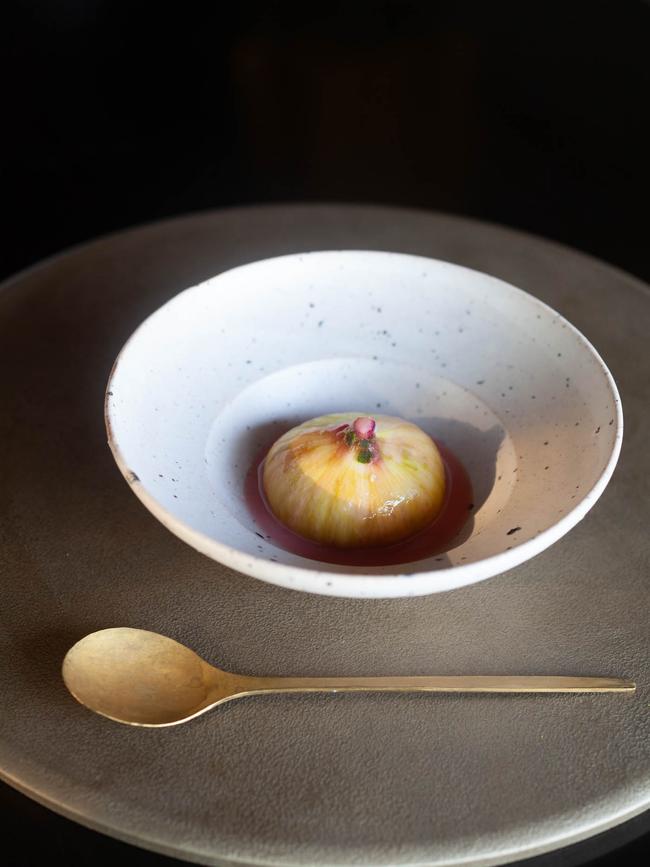
Food culture revolves around 72 micro-seasons that govern Japan’s culinary and agrarian calendar. In the seaside town of Karatsu on Kyushu Island, Prairie Stuart-Wolff, an American photographer, cook and local resident of 20 years, reveals the intricacies of the region’s micro-seasons at her intimate cooking hub, Mirukashi Salon. A destination for foodies from across the globe, Prairie opens her new salon building this northern autumn with workshops focusing on new rice and autumn bounty. Four nights from $US3550 a person.
Meditate with the abbot of an ancient temple, Kyoto
On the verdant western edge of Kyoto, stressed-out executives and the spiritually inquisitive seek out the tranquillity of Joju-ji, a 1200-year-old private temple where a chief monk leads silent zazen meditation and chanting in an ancient prayer hall set in manicured grounds. A shojin ryori (ascetic vegetarian cuisine) lunch follows in the adjacent samurai residence, complete with secret tunnel once used for its warlord to evade ninja intruders. Two hours, ¥20,000 a person for up 20 people (minimum charge ¥100,000).
Eat chanko nabe with sumo wrestlers, Tokyo
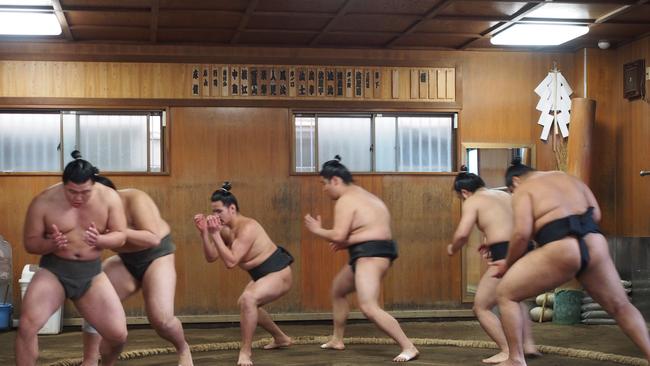
It’s a rare privilege to watch sumo wrestlers training in their private stables on Tokyo’s busy east side. It’s another to join them for a bulk-up on chanko nabe hotpot, post-training. Take a seat for a steaming bowl of this famously nutritious stew of vegetables, chicken, tofu and fish, prepared and served by the wrestlers themselves, and eaten together, with easy conversation facilitated by an English-speaking guide. It is a meal you will never forget. From ¥322,757 for up to 10 people.
Rake a Zen rock garden, Kyoto
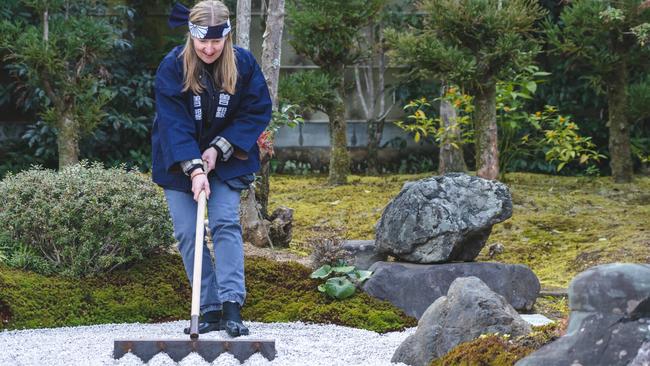
Japan’s dry-landscape gardens, with rock islands and seas of pebble, are among the country’s most recognisable sights. And where better to discover the meditative and precise art of raking a Zen rock garden than in Kyoto, the ancient capital of this stunning country. Master gardeners, Sone Zoen, are the custodians of some of Kyoto’s most important temple gardens, including UNESCO World Heritage site Tenryu-ji and Mirei Shigemori’s masterpiece at Tofuku-ji. On this outing, they will teach you how to rake circles, ripples and straight-ish lines in their own immaculate rock garden in Arashiyama. Two hours, ¥165,000 per group (maximum of five).
Craft a traditional lantern with a master artisan

Often seen at festivals and hung outside restaurants, chochin lanterns are ubiquitous symbols of hospitality. One of the country’s most respected makers is 220-year-old firm Kojima Shoten, whose ninth-generation owner, master craftsman Shun Kojima, leads workshops to create these sustainable artworks from his base in coastal Kyotango, Kyoto prefecture. Sit with Kojima’s artisans, who are busy cutting, splitting and rounding the bamboo, before applying the washi paper covering, on which participants are invited to paint their own designs; those opting for half-day or longer sessions can assist in creating the bamboo frame. Duration is 70 minutes; from ¥10,000 a person.
Relax in an onsen with Mount Fuji views, Shizuoka
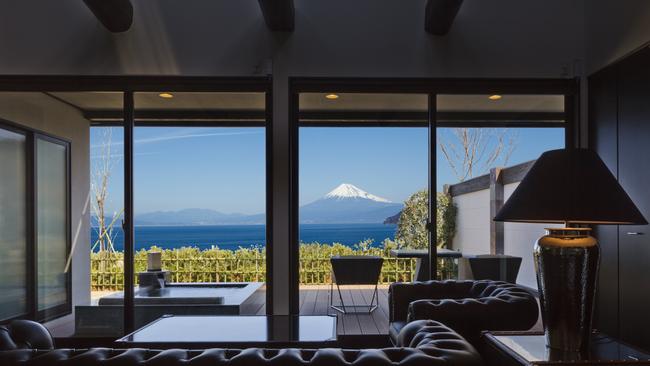
Great views of Mount Fuji abound from central Tokyo to the Tokaido Shinkansen to Hakone and beyond, but only a handful of places offer vistas from the luxury of a natural, open-air hot spring onsen bath. Fugaku Gunjo is a great example; this boutique, luxury hotel on the Izu peninsula southwest of Tokyo has just eight rooms, all with views of the famous peak from their outdoor onsen, shifting clouds and weather permitting, naturally. One-night stay, half-board, from ¥60,000.
Enjoy a private geisha evening, Tokyo
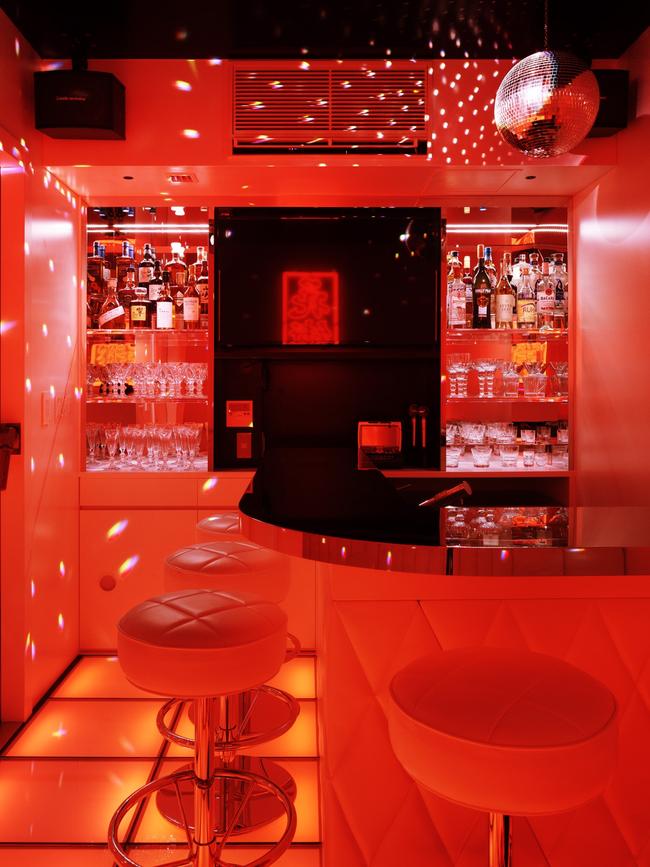
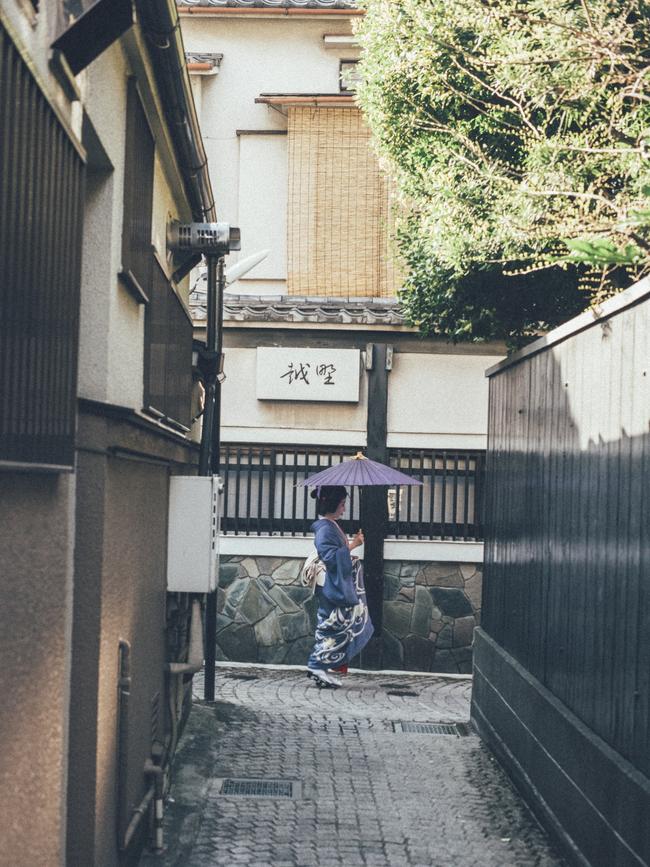
With their gregarious personalities and contemporary kimono, Tokyo geisha are among Japan’s most elusive and alluring artisans. Hidden in the back alleys of the Kagurazaka neighbourhood, a former geisha house now known as Trunk (House) is a catered private residence and on request its resident butler will call a geisha to visit for an exclusive evening of dance and music, followed by the unique opportunity to sit and talk. One-night B&B at Trunk (House) from ¥500,000 for two; geisha experience, ¥99,000.
Discover the secrets of sustainable Japanese living, Kyoto

A historic machiya townhouse is the setting for a new series of open workshops revealing the tenets of sustainable Japanese living practices. Conceived by the creatives behind Maana Homes, some of Kyoto’s most beautiful stays, and the Kyoto Research Institute, the hands-on sessions explore the art of Kyoto fermented-indigo dyeing, food preservation and fermentation techniques, and tsuchikabe plaster wall art. Each concludes with a six-course, micro-seasonal dinner at the invitation-only restaurant of master fishmonger Ototojet. Available from autumn. Four hours, $US500 a person, maximum eight.
Brew your own sake, Nagano
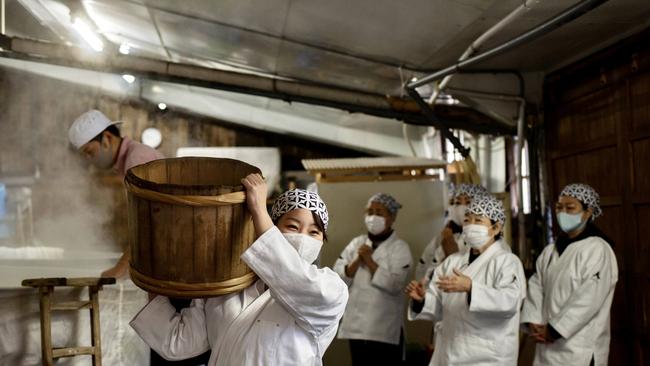
Renowned for its clear mountain water, Nagano is one of Japan’s centres of sake making. Discover how it is done with a winter sojourn at Kurabito Stay at Kitsukura Shuzo, a working brewery established in 1696 in the mountain town of Saku, where visitors can get involved with everything from rice washing and steaming to koji-making during the annual brewing season. Instruction is in English, with accommodation in a renovated, 100-year-old building with tatami rooms. The former brewers’ break room has been transformed into a lounge with sake dispensers featuring Kitsukura Shuzo’s special Mujinzo sake and other regional tipples. Two nights from ¥129,800 a person; November to March.
Recharge at a remote Zen temple, Akita
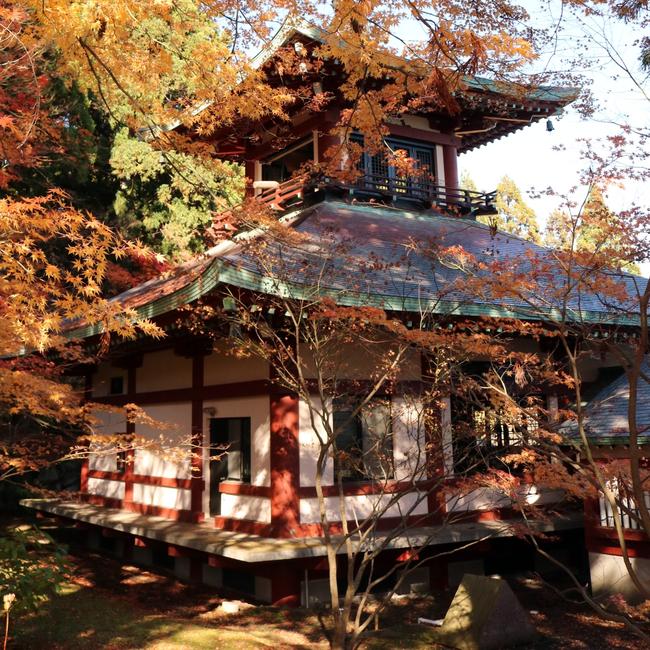
On Tohoku’s Sea of Japan coast, the wild Oga Peninsula in Akita is a land steeped in mystery and folklore and makes the perfect place to wind down and recharge. Dairyuji – a Zen Buddhist temple with an 800-year history – restarts its popular, two-night annual retreat this November, offering travellers a long weekend of zazen, mindfulness, walking meditation and yoga, allowing time to slow down and discover the natural rhythms of the temple and its local community. Two nights, full board, from ¥78,000 a person.
Be immersed in a digital art installation, Tokyo
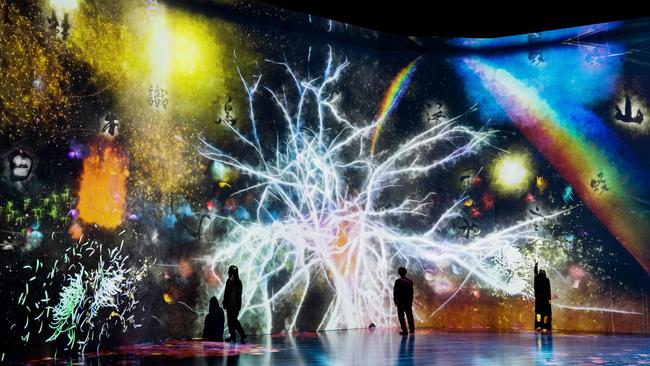
Wander in wonder at the world created by teamLab, a pioneering art collective. Its acclaimed Borderless show enables visitors to explore and interact with morphing digital installations, projections, light sculptures, optical illusions and sounds in a vast “borderless” space that is thrilling and quintessentially Tokyo. Recently reopened in a permanent venue at the Mori Building Digital Art Museum in the new Azabudai Hills development, it is still one of Tokyo’s hottest tickets. From ¥4000 a person; tickets available two months in advance.
If you love to travel, sign up to our free weekly Travel + Luxury newsletter here.



To join the conversation, please log in. Don't have an account? Register
Join the conversation, you are commenting as Logout